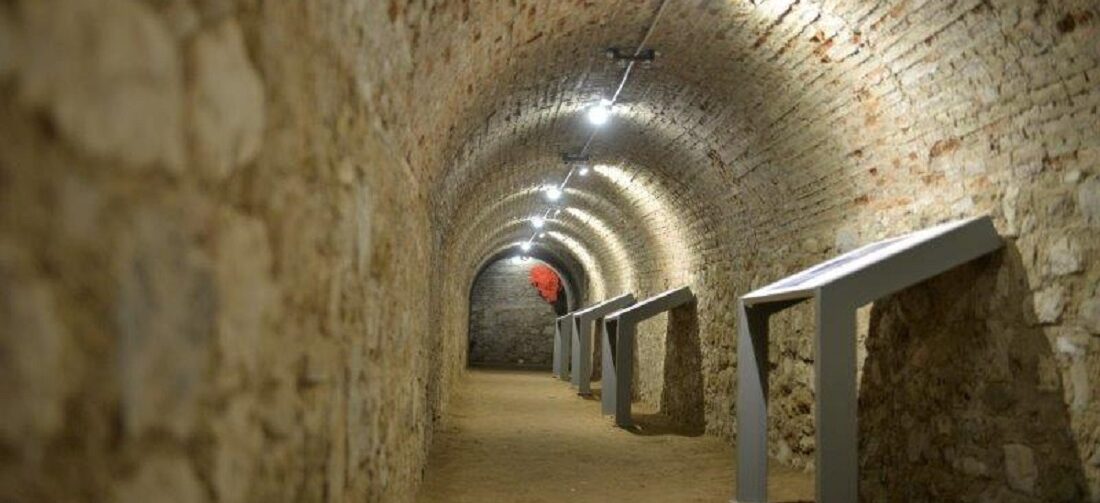
The old shelter of the Psila Alonia has been built under the square of the Psila Alonia and the two access points to the interior are located on the slope starting from the upper part of the Three Admirals Street, which is part of the Roman Wall. The wall is about 70 meters long. It was probably built during the reign of the Roman Emperor Nero and since then – especially in the 19th century – it has undergone several additions that have led to its present form.

Although there is no historical data or written evidence of the construction of the shelter, it is presumed that it was built in the 1930s to serve the purpose of protecting civilians in the event of an air raid, along with the underground spaces of some private and public buildings in Patras.
It was the largest and oldest shelter that existed in Patras, which had saved many people during the Italian air raids in 1940, and then after several months, from the German air force aircraft. It should be noted that Patras was the first city in Greece to be bombed by Italian planes in 1940. The shelters were operated according to regulations, which the civilians had to observe.

It is without a doubt, one of the most historic and important – perhaps the most important – of the shelters that were built and helped to protect the people of Patras from air raids during the German Nazi occupation. However, it is not the only one, as – based on testimonies and sources – in total, by December 1940, a little more than thirty shelters had been built in the city of Patras, most of which have survived to this day.
The shelter was used during the bombing of Patras by the Italians.
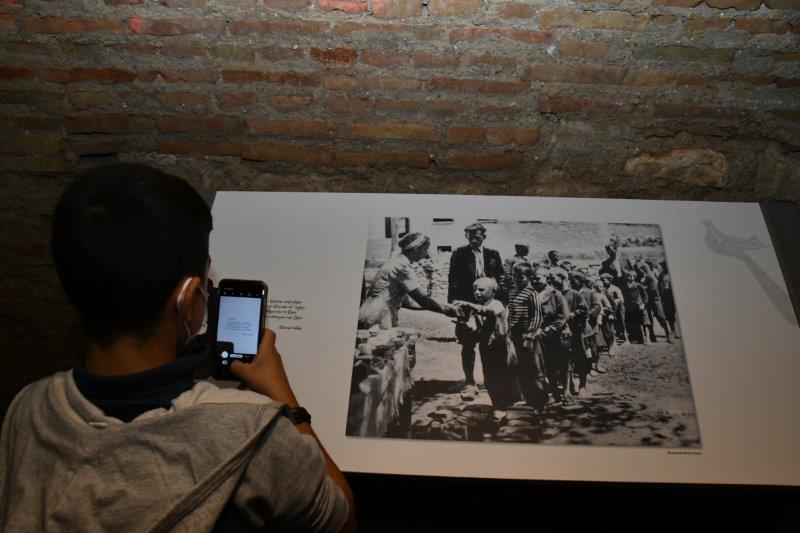
It was restored and developed as a site of historical memory in 2020.
It was repaired, opened and utilized in the context of the events of the Municipality for the celebration of the liberation of Patras from the Nazi occupation troops on October 4, 1944, in 2020 by the employees of the Municipality and the Cultural Organization, who did all the necessary work – opening roads, cleaning areas, lighting the area and so much more – that despite the known and acute problems of lack of staff, they gave their best so that the shelter can be visited. Until then it was a dump completely abandoned.
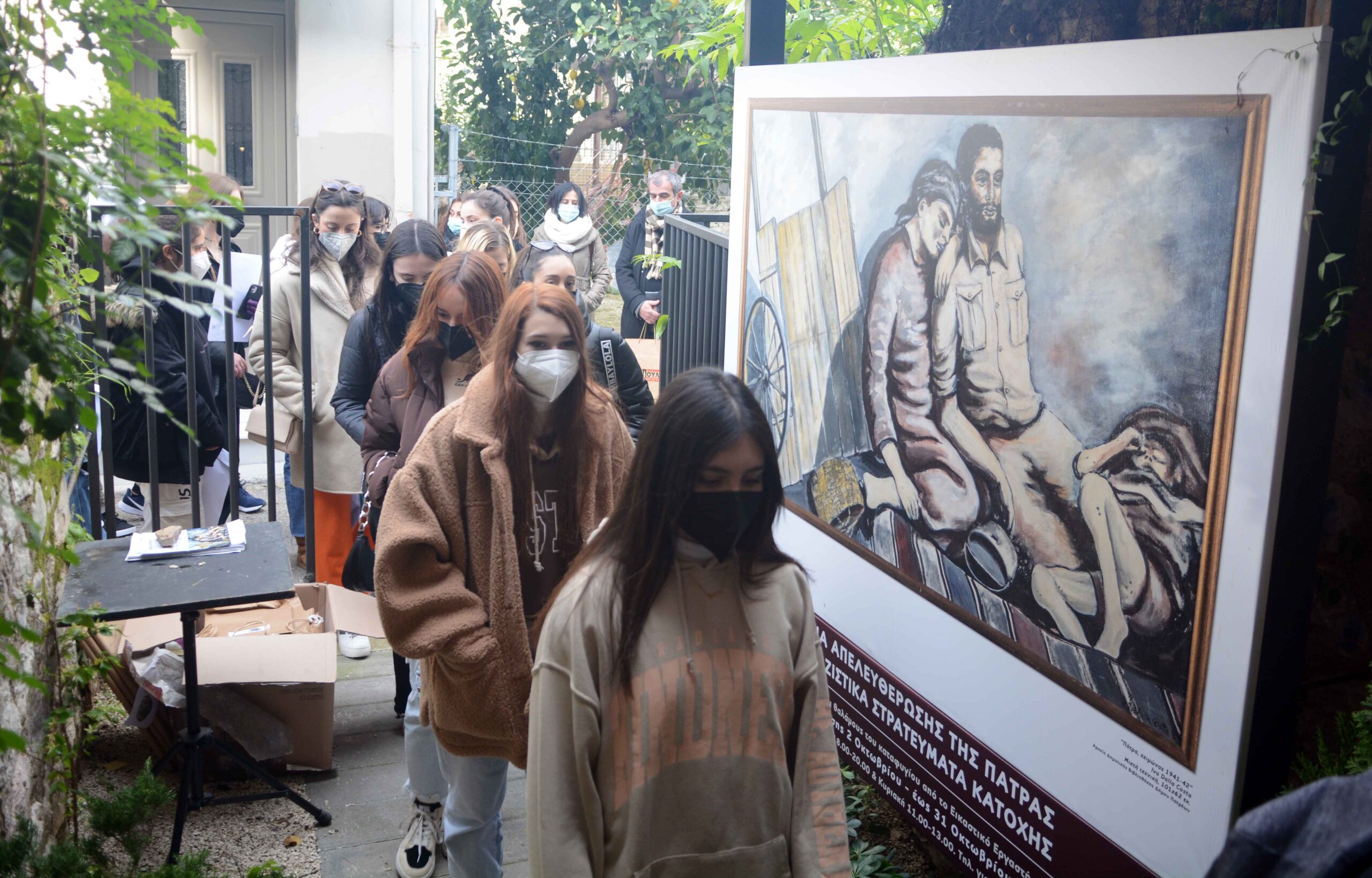
The space, curated by the employees of the Municipal Library-Cultural Organization of the Municipality of Patras, hosts archival material of the period and artistic interventions with three themes: bombing, occupation, and liberation.

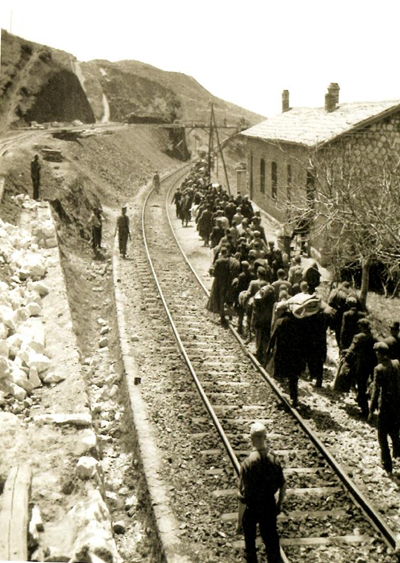
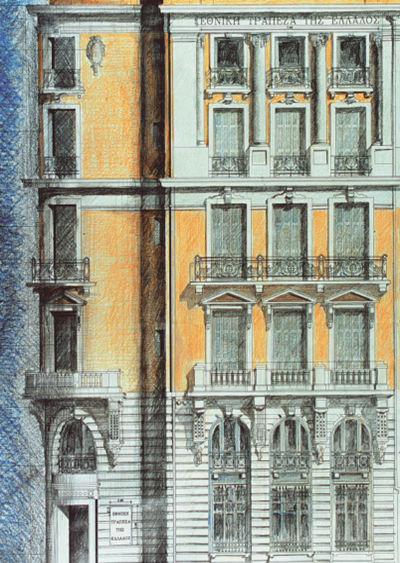
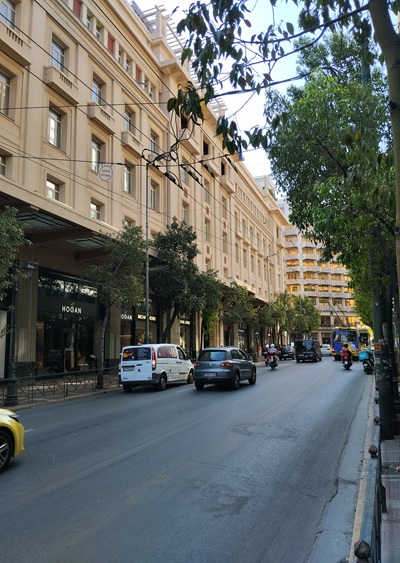



Leave A Comment